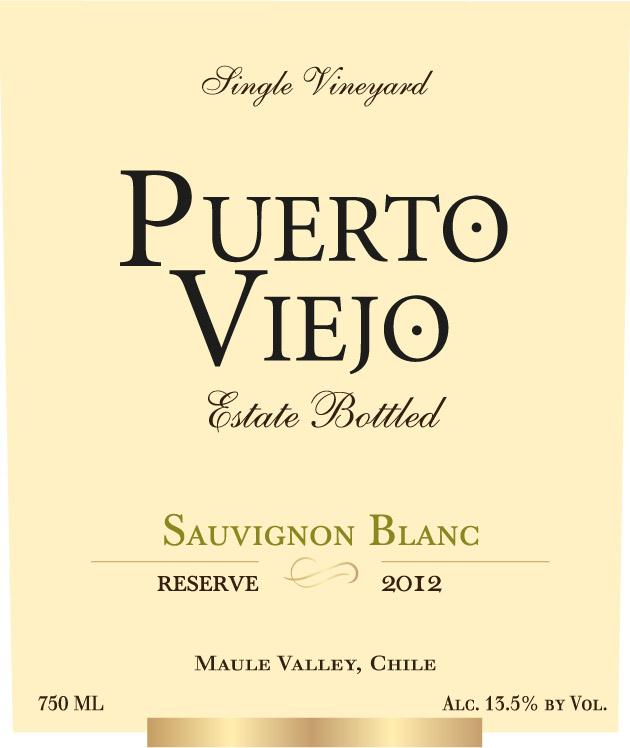2012 Maule Valley Sauvignon Blanc
The Puerto Viejo Reserve Single Vineyard Sauvignon Blanc from the 2012 vintage is a stunning example of the exceptional wines produced in the Maule Valley. This white wine showcases a bright, enticing hue that hints at its vibrant character. With a medium body, it offers a delightful balance between richness and refreshment. The acidity is pronounced, delivering a mouthwatering crispness that enhances its overall liveliness. Fruit intensity is prominent, featuring vivid notes of citrus, green apple, and hints of tropical fruits that dance on the palate. The wine is dry, allowing the fruit flavors to shine without interference from residual sweetness. Overall, this Sauvignon Blanc is a superb expression of its terroir, making it a fantastic choice for those seeking a refreshing and flavorful pour.
The Puerto Viejo Reserve Single Vineyard Sauvignon Blanc from the 2012 vintage is a stunning example of the exceptional wines produced in the Maule Valley. This white wine showcases a bright, enticing hue that hints at its vibrant character. With a medium body, it offers a delightful balance between richness and refreshment. The acidity is pronounced, delivering a mouthwatering crispness that enhances its overall liveliness. Fruit intensity is prominent, featuring vivid notes of citrus, green apple, and hints of tropical fruits that dance on the palate. The wine is dry, allowing the fruit flavors to shine without interference from residual sweetness. Overall, this Sauvignon Blanc is a superb expression of its terroir, making it a fantastic choice for those seeking a refreshing and flavorful pour.




